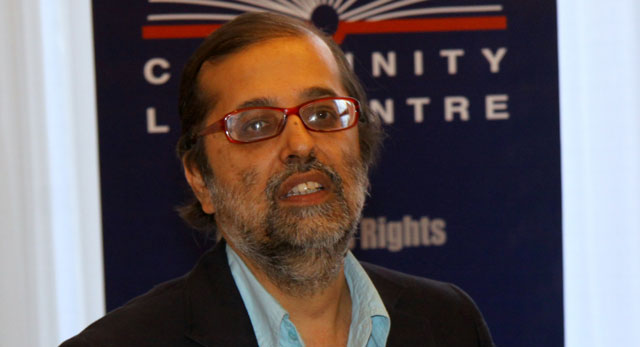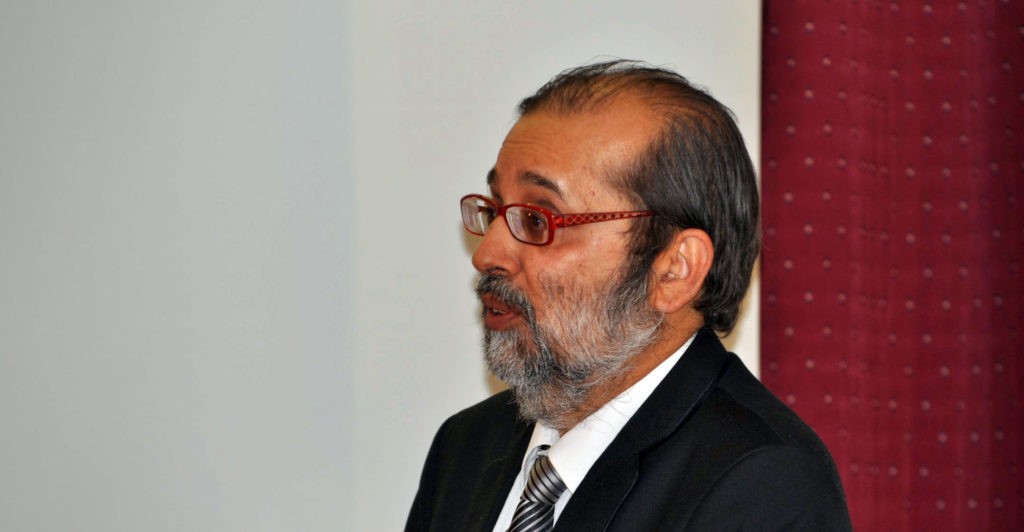
South Africa should have a target of universal broadband, offering a minimum download speed of 100Mbit/s to four-fifths of the population, by 2030, the latest draft of government’s broadband policy document, released on Friday, says.
In order to achieve this goal, minimum target speeds will be introduced in a “progressive manner”, with speeds of 5Mbit/s by 2015 for 50% of the population, reaching 100% of the population by 2020. Upload speeds should be no less than half of the download speeds, the document says.
The document says that, by 2030, all South Africans should have access to the Internet at at least 10Mbit/s at a cost of less than 2,5% of average monthly income. It says further that 80% should enjoy minimum speeds of 100Mbit/s by then, while 100% of schools and health facilities should also be online at a minimum of 1Gbit/s. Other government facilities should have access of 100Mbit/s by 2030.
The document also calls for “poor latency as a result of international routes” to be “dramatically improved through effective quality-of-service monitoring and enforcement of compliance with regulated standards”.
“The rapid evolution of broadband technology means that these targets will be reviewed every five years,” it says.
But department of communications director-general Rosey Sekese has cautioned that the document is still in draft and that some of the targets set out might be too aggressive.
Industry stakeholders met in Pretoria on Friday to consider the latest national broadband policy draft document — which has been changed dramatically since the last public version — and to debate its content.
Communications minister Yunus Carrim says he intends taking the draft to the Presidential Infrastructure Coordinating Commission’s Strategic Integrated Project (Sip) 15 on expanding access to communications technology next week. It will also be presented to the South African Local Government Association and the department of cooperative governance & traditional affairs before being sent to cabinet, if not in December, then at cabinet’s first meeting in the new year, which takes place in February.
Carrim describes the latest draft as “substantially improved” but still “not perfect”. Like his director-general, he emphasises the document is not final and it must still find “the right balance between the market and the state”.
“Neither the private sector nor the state can do it alone… It will be a national project,” he says, adding that the document will published “in the public domain” by 1 December.
The draft document “encourages public and private investment in the broadband network extension required to meet the social and economic needs of the country”. This must be based on a regulatory framework that is “informed by the principles of openness, inclusivity, universality and technological and service neutrality”.
The plan “provides for both demand side and supply side policy interventions”.
“On the supply side, it identifies as necessary the deployment of an open-access national wholesale broadband network that will make use of available existing and new fibre and high-speed wireless networks as the base from which to extend broadband access across the country,” it says.
“This will be accompanied by a regulatory regime that ensures that principles of open access are applied to ensure that access is open to any operator or service provider on a cost-based, non-discriminatory basis. This enables the pooling of infrastructure owned by the state and by other private entities that wish to be part of the wholesale access network, avoiding unnecessary duplication of infrastructure where it already exists, leveraging public and private capital for high-cost network extension and creating conditions conducive to services-based competition, and this will address the current pent-up demand for affordable broadband services in the country.”
The draft document says the policy and regulatory environment is key to success. This means there must be a review of “policies and institutional arrangements that constrain the competitiveness of markets”. An autonomous, accountable and well-resourced regulator is also needed, with the “capacity and competencies to ensure that this broadband policy is implemented effectively and urgently”.
“The removal of administrative bottlenecks and lowering of hurdles will greatly accelerate build-outs of existing wired and wireless broadband,” it says, adding that the department of communications must ensure that impediments to the roll-out of wireless broadband are removed. This must be done by “issuing the necessary policy directives to [telecoms regulator] Icasa to ensure the rapid assignment of high-demand spectrum required to extend the wireless component of the open-access broadband network by mid-2014”. — (c) 2013 NewsCentral Media
- Developing story…




